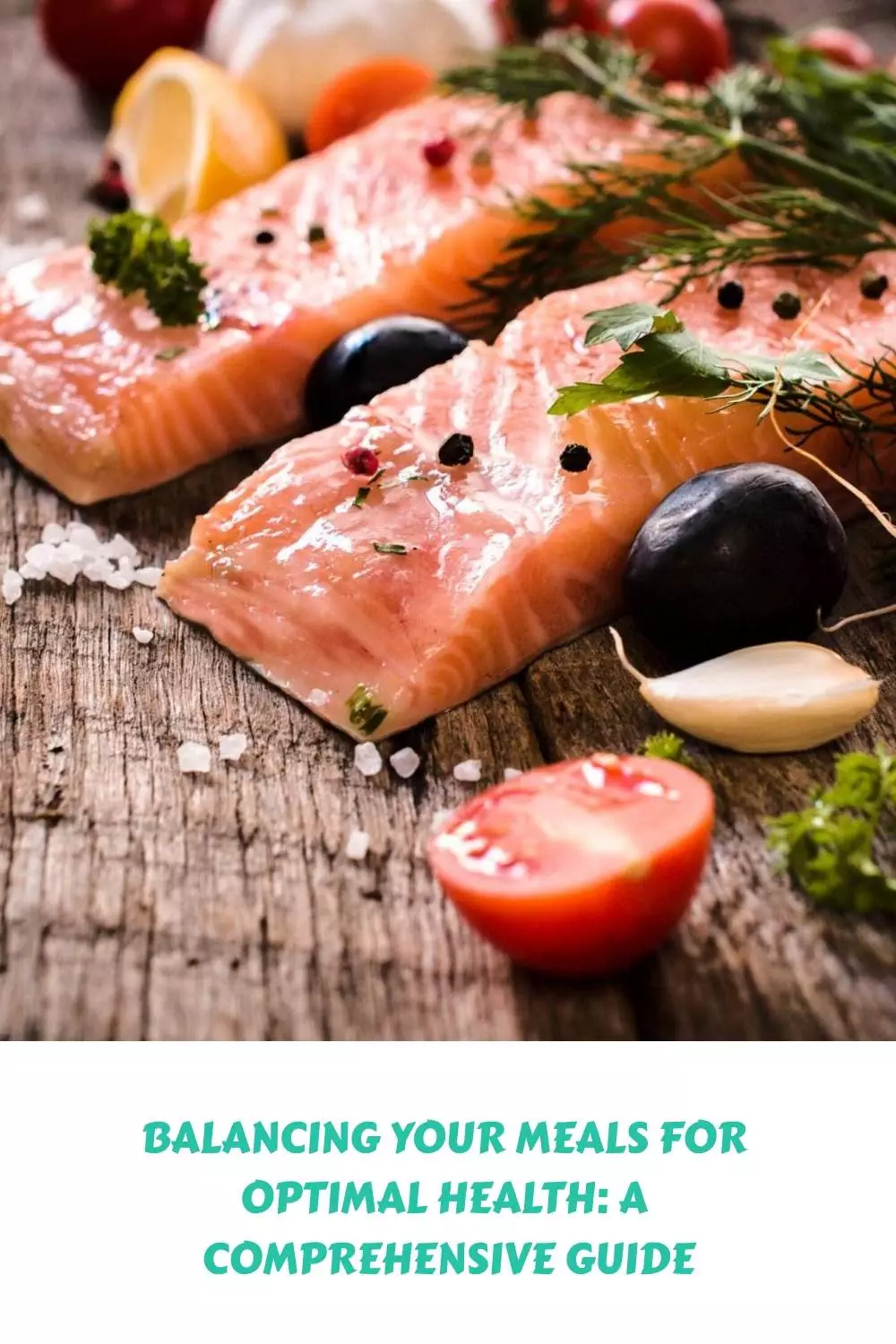A balanced diet is essential for maintaining optimal health. It’s not just about eating the right foods, but also about getting the correct balance of nutrients that your body needs to function properly. In this guide, we will explore what a balanced meal looks like and how you can achieve it in your daily life.
The Importance of a Balanced Diet
Eating a balanced diet has numerous benefits for your overall health. Not only does it help prevent chronic diseases such as heart disease, type 2 diabetes, and certain types of cancer, but it also helps improve mental health, boost energy levels, and promote weight management.
Understanding Macronutrients and Micronutrients
Macronutrients are carbohydrates, proteins, and fats while micronutrients include vitamins and minerals. Both macronutrients and micronutrients play crucial roles in keeping our bodies healthy. Carbohydrates provide us with energy, protein builds and repairs tissues, fat provides insulation and protection, while vitamins and minerals help regulate bodily functions.
How to Create a Balanced Meal Plan
Creating a balanced meal plan involves consuming a variety of food groups from all food categories. Here are some tips on creating a balanced meal plan:
Eat plenty of vegetables and fruits – aim for at least five servings per day
Choose whole grain products over refined ones
Include lean sources of protein such as chicken or fish
Limit saturated and trans fats by choosing low-fat dairy products and avoiding processed snacks
Use moderation when consuming alcohol and sugary drinks
Common Mistakes People Make When Trying to Achieve Balanced Nutrition
One common mistake people make when trying to achieve balanced nutrition is focusing too much on one particular food group or eliminating entire food groups altogether. This can lead to deficiencies in vital nutrients and may cause more harm than good. Another mistake is not paying attention to portion sizes, which can quickly add up calories and sabotage any efforts towards achieving a balanced diet.
Conclusion: Taking Action Towards Optimal Health
Taking action towards optimal health starts with making small changes to your diet. Start by incorporating more fruits and vegetables into your meals, opting for whole grain options instead of white bread or pasta, and limiting unhealthy fats. Remember, Balance is key, so try not to eliminate entire food groups or focus too heavily on one particular macro or micronutrient. With these simple steps, you can start living a healthier and happier life today!










